Harry Langham remembers the troubled yet great painter
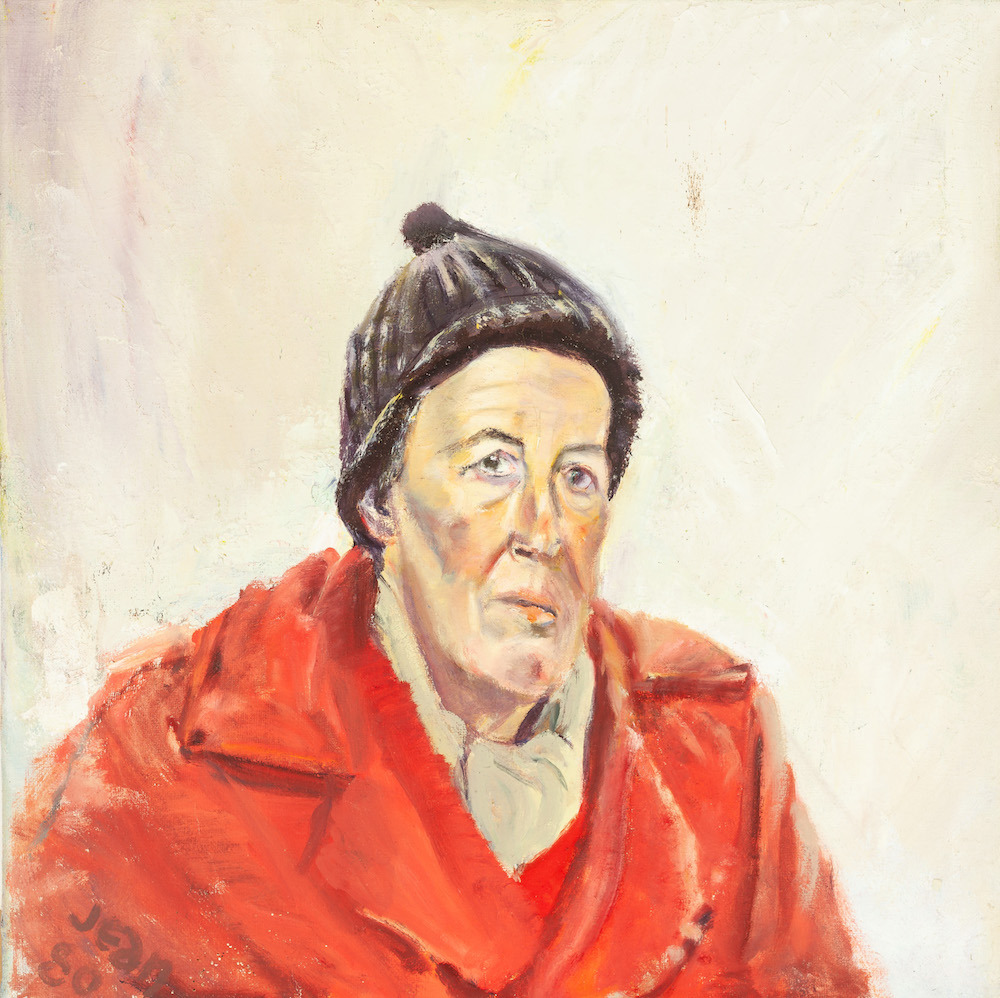
Jean Jones never painted a sunset. In fact, she hardly painted anything after midday at all. Painting was, for her, a practice undertaken as if by strict medical prescription (only in the morning and always in front of the real subject), one that she carried out with all the religious consistency of a monk taking his morning prayers – physic perhaps for a troubled mind. As such, her landscapes are unfailingly bathed in the bright shades of morning light. Her portraits composed only in winter, when frost prevented her from setting up her easel outdoors. The novelist Iris Murdoch once declared that Jean would one day be as famous as Van Gogh; a prophecy mocked further by each passing year. Today we do not remember her name; but her work lives on, and does so in its droves.
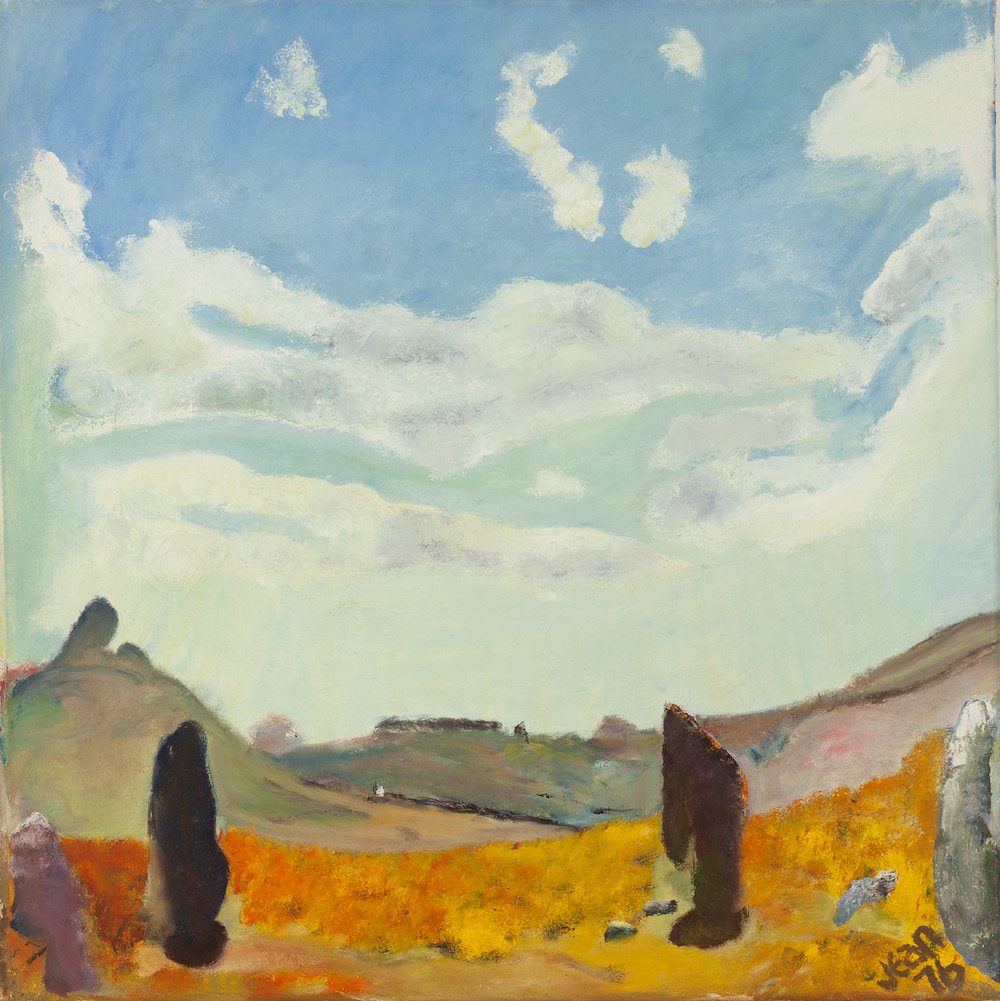
Hers was a life lived in the shadow of greatness. In 1949, having relocated to Oxford following her marriage to the eminent literary critic John Jones – fellow of Merton College and later the university’s 38th Professor of Poetry – Jean quickly found herself thrust into the heart of literary society. This world that she now called her own was one of Tolkeins and Goldings, of tweed, leather and lofty conversation. But Jean was not content to stay in the shadows; she too wanted to claim her place amongst the pantheon of Britain’s cultural elite, and was doggedly, almost tragically tenacious in this pursuit. Each year she would offer the Royal Academy her latest work for their Summer Exhibition. Each year her efforts would be rewarded with no more than polite rejection, excepting only – for reasons about which she no doubt grumbled – her portrait of William Golding. Her fortunes appeared to have turned in 1980 however, when her work became the subject of a solo exhibition at Oxford’s world-renowned Ashmolean Museum. With a glowing write-up from trailblazing art critic David Carritt and a number of sales to well-placed buyers, at long last it seemed that Jean’s career was finally on the way to distinction. As it would happen however, this represented something of a false dawn; the beginning of a long and tragic end to life as a selling and exhibiting artist, brought on by the rapid deterioration of her mental wellbeing.
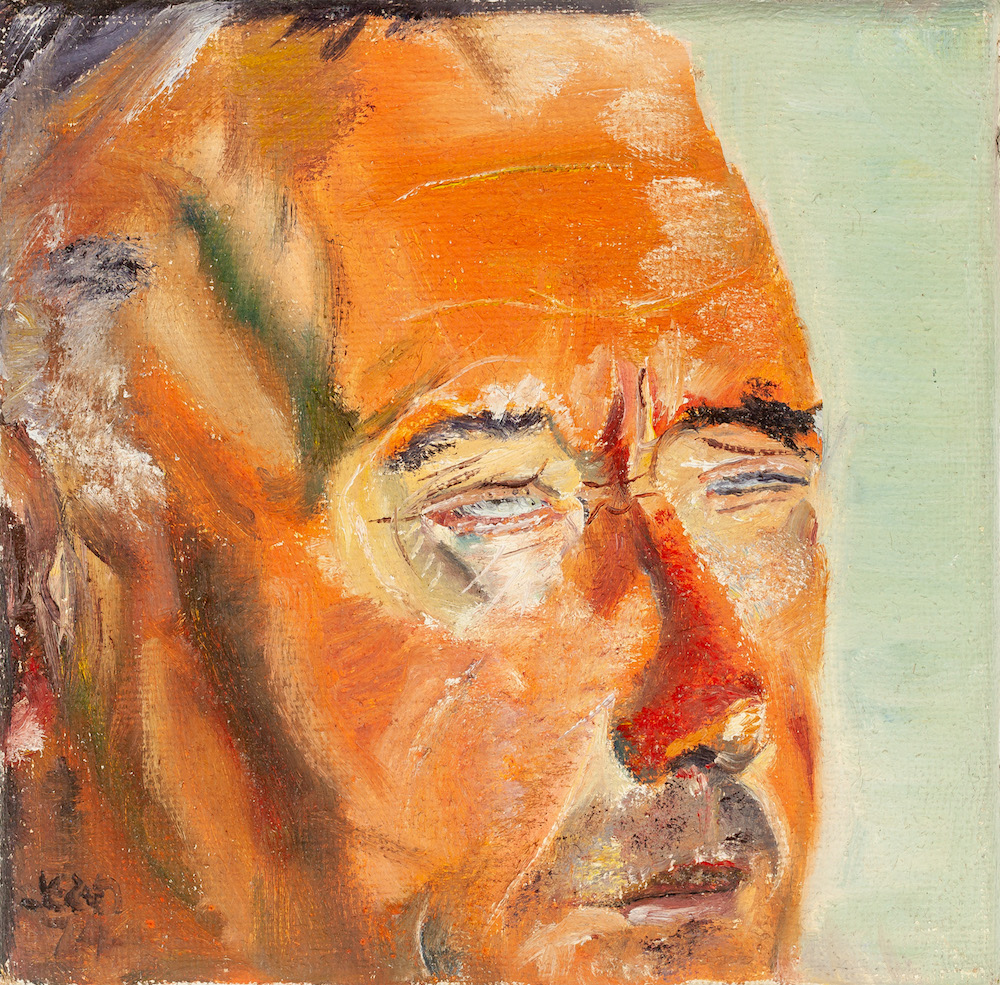
The connection between creative genius and mental affliction is a long-standing and not unproblematic one. Plato deemed creativity a sort of “divine madness”, whilst Aristotle is said to have insisted that “There is no great genius without a mixture of insanity.” One suspects however, that Jean may have been dealing with more than her fair share. It wasn’t until she was in her 50s that a doctor explained to her why it was that she fluctuated so violently between fits of mania and depression; why there were times when she was unable to do so much as feed her two young children. From the time of her first great breakdown in 1983, the writing was already on the wall, and try though she might, her aspirations of forging a career as an artist, all but over.
But the work went on – come rain or shine, incapacity or relative stability – right up until her death in 2012. That painting remained the one source of continuity within an ever-shifting emotional landscape presents the viewer of Jean’s work with a tantalising possibility: namely, that her works might serve as a key to her psychological development, a map with which to navigate the undulating terrain of her internal life over time. But to take such an approach, however tempting, would be to underestimate the complexity of her artistic vision. Jean’s works are not artefacts of unfiltered expression. Neither are they sterile photographic reproductions. But rather, artful balancing acts, which carefully combine metaphysical meditation with an intensely lyrical sensibility.
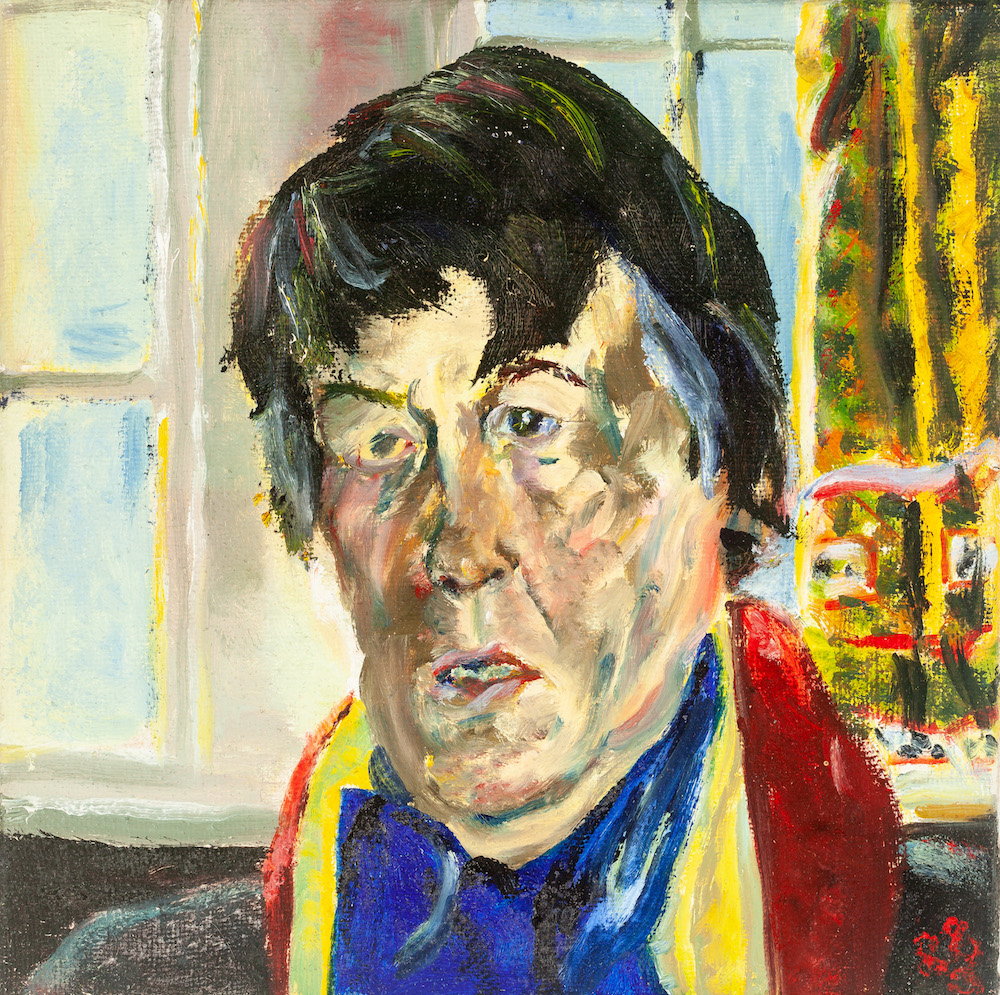
The only exception to this rule can be found in the form of her self-portraits, of which there are many. These do survive as an archive of self-reflection; relics of the artist as she saw herself through times of increasing psychological difficulty. Her diagnosis was something Jean would seldom discuss – and if compelled to, only with the utmost circumspection – but throughout her self-portraiture she provides fleeting glimpses of the struggle within: a downturned gaze, a drooped expression, two bloodshot eyes.
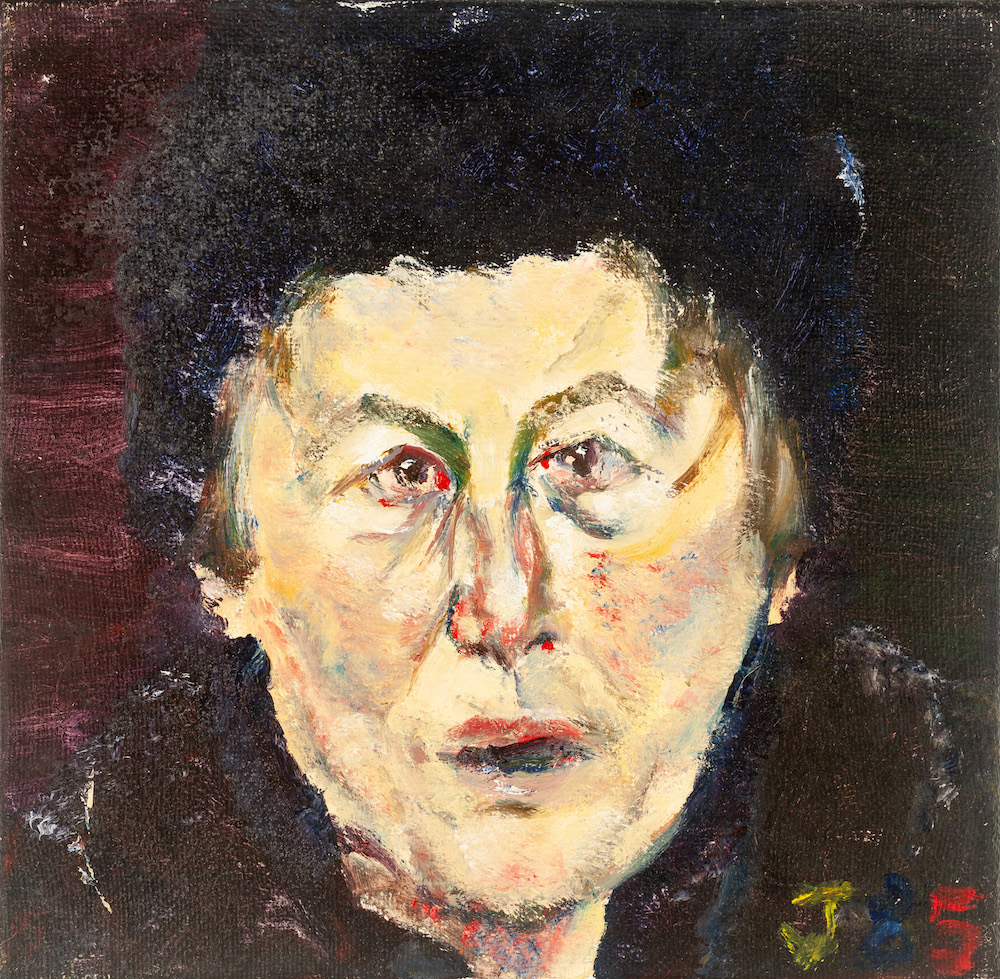
Amongst her most striking is the 1976 self-portrait, Me, in which she addresses the viewer with a sideways look of haughty disdain, posturing with one arm aloft like the swaggering bailaora of the flamenco. It is a highly disorienting work, a confusion of birds-eye and front-on perspectives, in which the body is rendered almost comically out of sorts. Her legs appear giant beneath a seemingly truncated torso, her arms swell and narrow unnaturally, whilst her clothes appear to blend into their background, evoking a pronounced sense of dissociative porousness between the self and the world beyond.
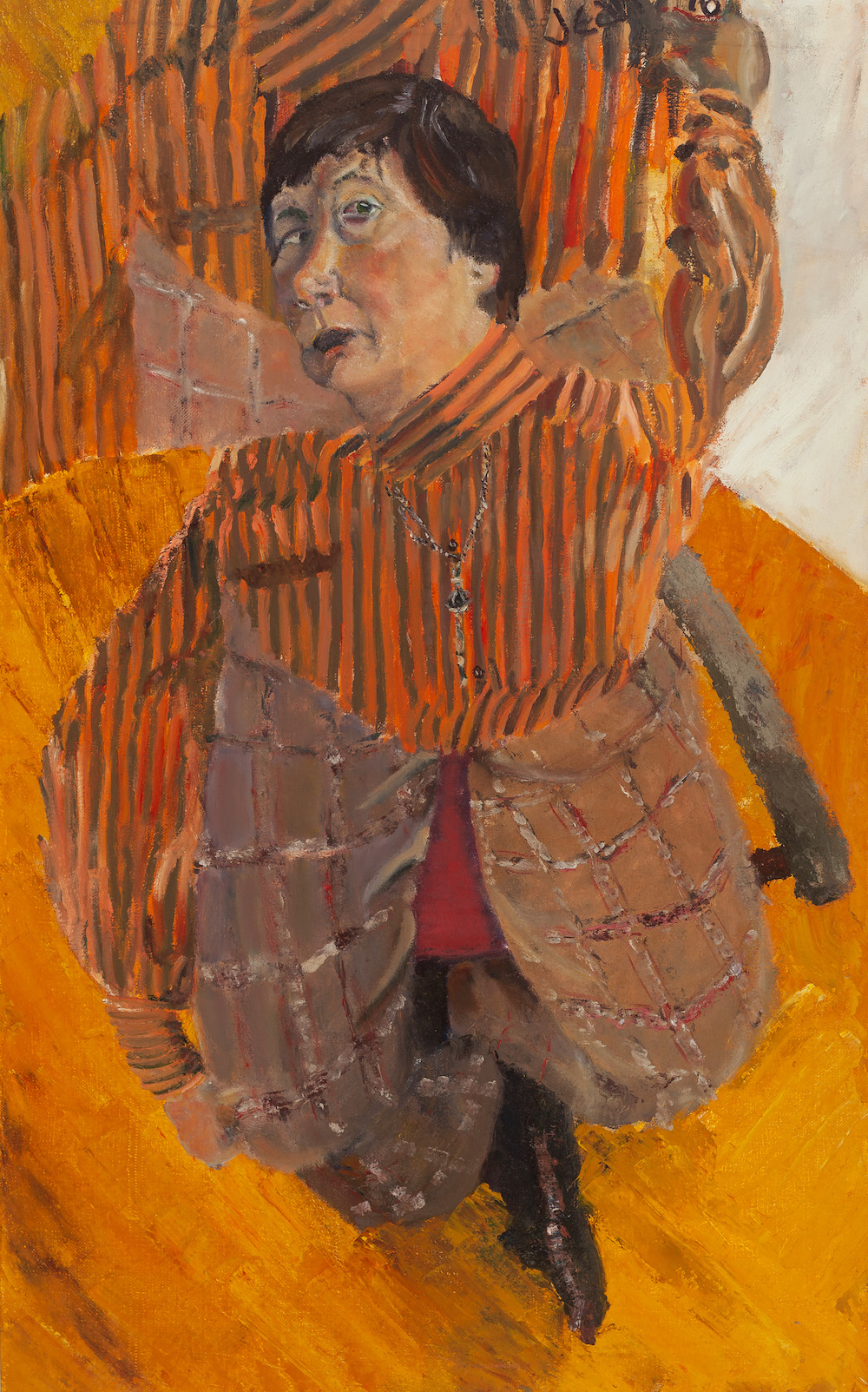
In another, titled First Autumn Portrait, she is conventionally unfeminine – broad-shouldered and sat with knees wide apart in a polo shirt and trousers, her thick forearm draped listlessly over a strong thigh. This is the Jean that the GP’s psychiatric report on the occasion of her second sectioning in 1995, would later describe as “a woman who wears man’s clothes”. By this time, she had moved back to London, taking up residence in Primrose Hill, where she became known as something of a character. She was, by all accounts, a woman who did not suffer greatly under the weight of social inhibition. It was here that she made friends with Frank Bruno – the former heavyweight world champion boxer – though one suspects that to her he was just some friendly chap who was always going for a run.
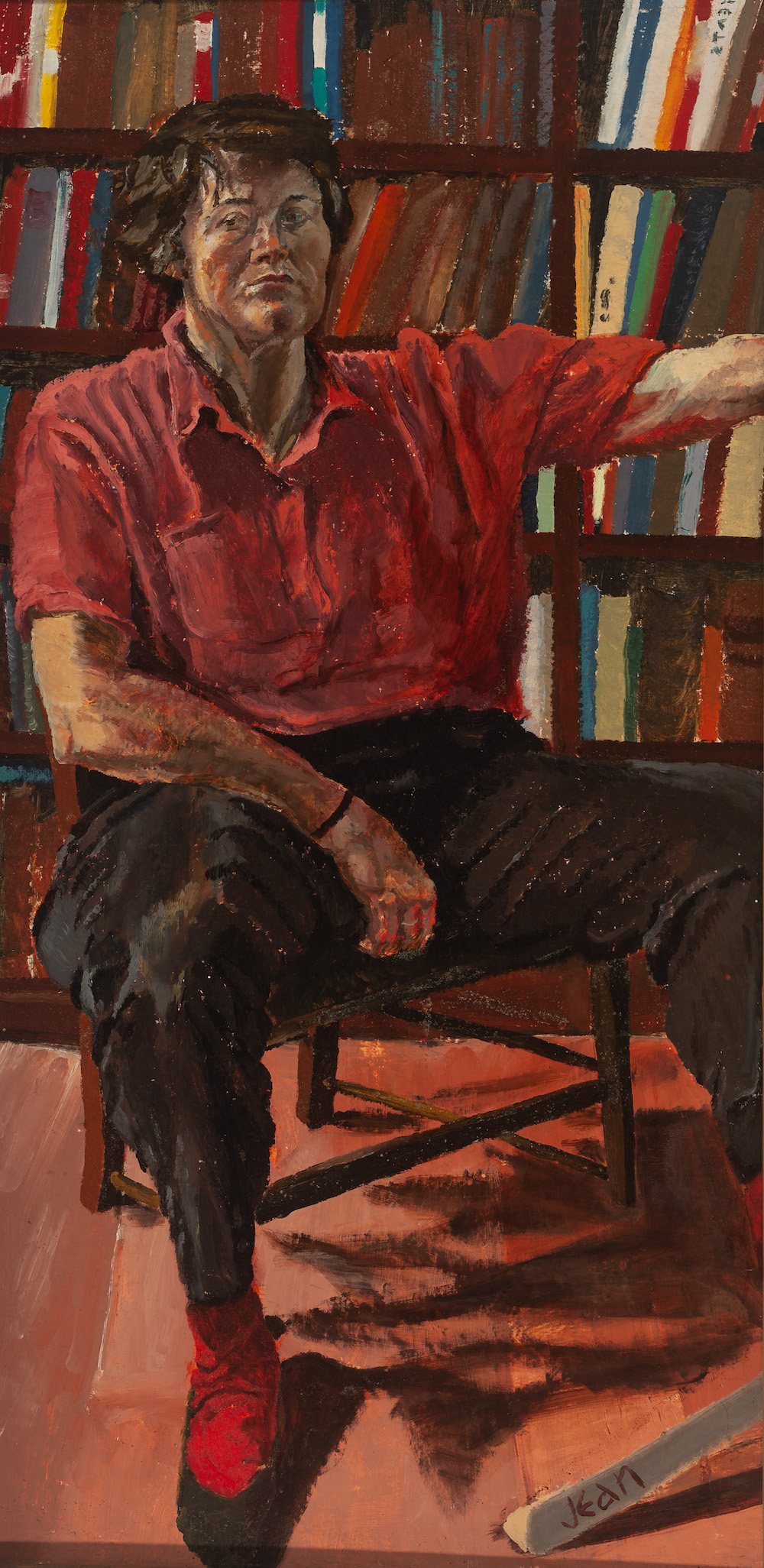
Hers was without doubt a case of what might have been, but this cannot be attributed solely to her struggles with mental illness. At a time when news of Dorothy Hodgkin’s attainment of the 1964 Nobel Prize for Chemistry was greeted with the headline, “Oxford housewife wins Nobel Prize”, perhaps it is fair to say that Jean had odds stacked against her. It seems that however seriously Jean might have taken herself as an artist, and however hard she might have strived to demonstrate her seriousness to others, she was always destined to remain, first and foremost, the wife of the Professor of Poetry.
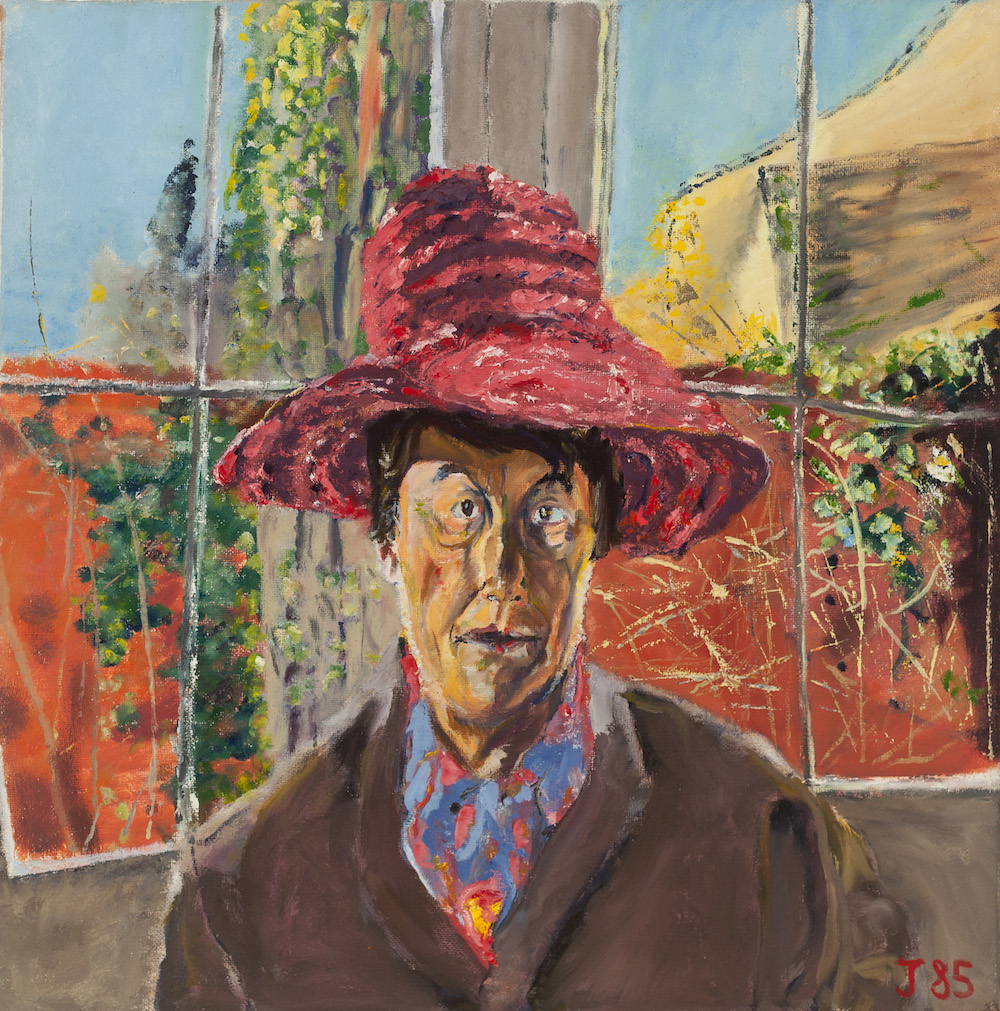
Today, a team led by her grandson is striving to right this wrong by reclaiming her legacy from the depths of obscurity. The first exhibition of Jean Jones’s work in over twenty years, will take place in early October at The Brownston Gallery, Devon.